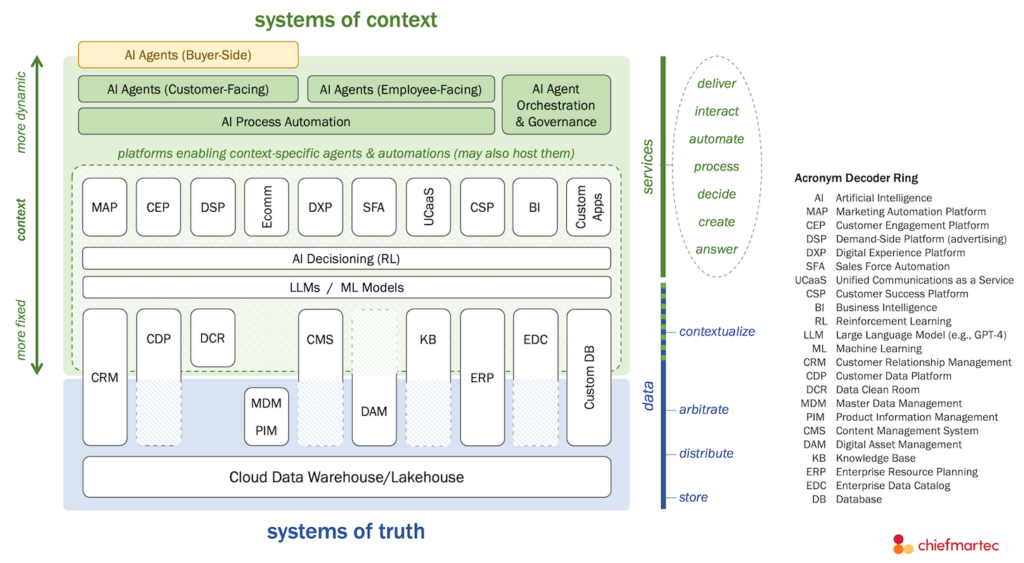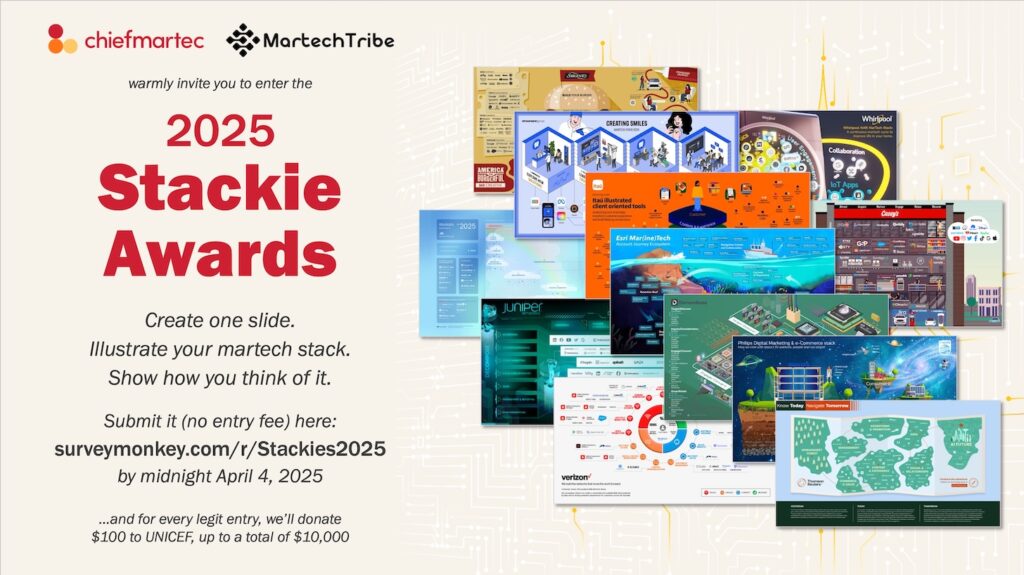I’m detecting an exciting shift in the marketing technology landscape — less of an emphasis on back-office analytics, and more of a focus on delivering compelling customer experiences in the front-office. To be sure, analytics support that mission; but they don’t dominate it. I think this is a really important step forward.
Earlier this month, Brian Walker of Forrester released a report on The Emergence of Customer Experience Management Solutions that discusses some of the dynamics of this shift.
What struck me most from the report, however, was this terrific graphic that does a beautiful job of visualizing the different touchpoints throughout the customer lifecycle, along with some of the communications vehicles that play a role at each point:
Forrester defines a customer experience management (CXM) solution this way:
“CXM solutions are the technology solutions that allow businesses to manage and optimize the customer experience through content management, customer targeting, analytics, personalization, and optimization capabilities across customer touchpoints — online, through mobile devices, through Internet-connected interfaces, and through digitally support customer interactions such as contact centers and in-store or branch interfaces.”
I’m slightly skeptical on the breadth of the category for labeling a specific set of software solutions — many, many categories of marketing technology feed into this — but as a management approach, I couldn’t agree more with an emphasis on customer experience.
It does, however, let us say things like: the CMO wants ROI from our SaaS CXM, especially SEO and PPC initiatives driving to our LPO programs. That’s kind of fun.




Thanks again Scott for sharing this insight.
I agree with your statement concerning the fact CXM isn’t (or isn’t yet) a real segment of the software industry but more a concept allowing to describe some ‘stance’ or attitude. Indeed, Forrester’s concept is mainly stating the convergence that drives the vendors from multiple sectors (from CRM to SFA to BI to specialized solutions, etc.).
However, I’d like to suggest that if CXM doesn’t exist yet as an industry of integrated tools providers, it could probably emerge as a service industry. CXM (or whatever the name) consulting firms could and should soon emerge for it is today a real problem for customers to benefit from an horizontal and cross-departmental vision: if we want to resolve the Sales/Marketing alignment issue, CRM professionals have to discuss with SFA professionals, but that’s just the beginning. They should also discuss with ERP professionals, all of them have to take into account the IT constraints, etc.
In conclusion, as far as the CMT function is beginning to appear in the firms, consulting and service providers will need to emerge and bring the solutions those professionals are waiting for.
That’s my humble opinion and the bet my associate and I are making.
Thanks, Robin. Great report.
I think you’re right on with the notion of CXM as a service industry — or, put another way, the future of what marketing agencies should provide. I also like it as a unifying mission of the formerly disparate silos of the organization — sales, marketing, and IT — that are now completely intertwined (even if they haven’t fully adjusted to that reality yet).
Great article Scott. I’ve worked for multiple CEM providers in the VOC space that characterize themselves as software companies as well as those that differentiate themselves based on the insights they provide their clients. The software tools that have matured in this space seem very focused on VOC and feedback platforms (this includes text and voice analytic software platforms). What I haven’t seen, but am starting to hear more about, are software platforms that monitor feedback across multiple “listening” points or customer touchpoints. The current momentum in the CEM space is resulting in a slew of new market entrants that are attacking the industry from either a service-based (insights) approach or technology platform (software) angle. Service-based providers are doing very well in this space as there is so much changing with regards to how organizations service their customers. You only have to look at the organizational realignments across the Fortune 500 to see the emphasis being placed on the Customer/User Experience. Scott, your reply to Robin hit on a key point as it relates one reason why an all encompassing CEM software solution will be hard to develop. Most functional areas within an organization are responsible for activities that relate to one or more customer touchpoints. Until organizations look at the people, process, and technology across these functional areas to understand how they work cohesively to deliver on their brand promise to the customer, the tools available will always be just that…..tools. I think true CEM enterprise software solutions will emerge, but only after the Chief Experience Officer is as common of a title as the CIO.